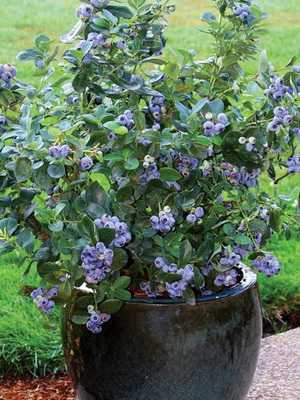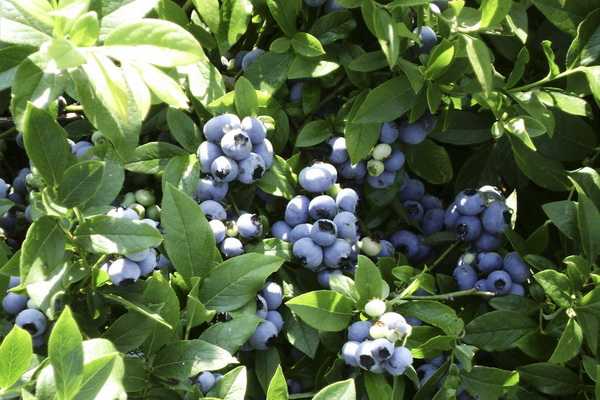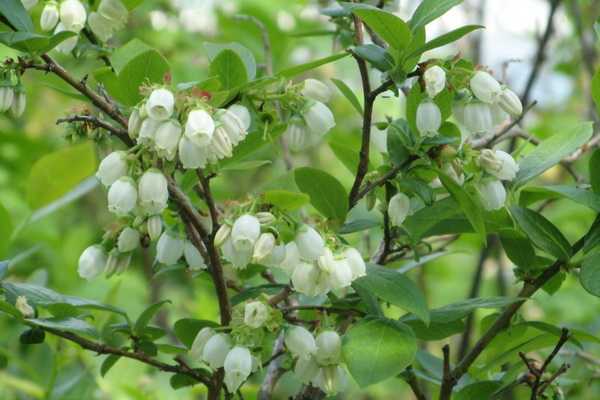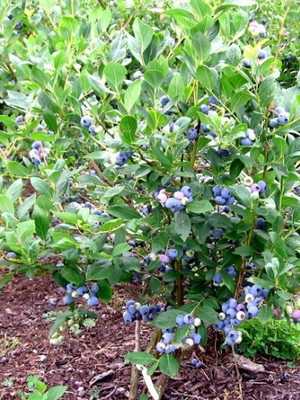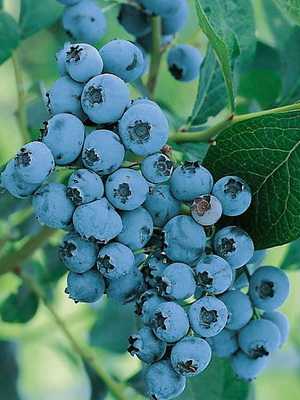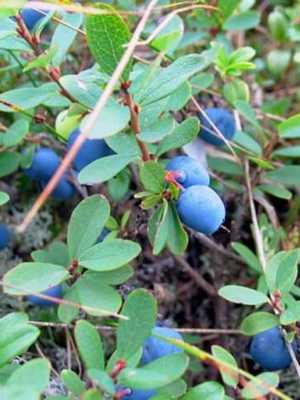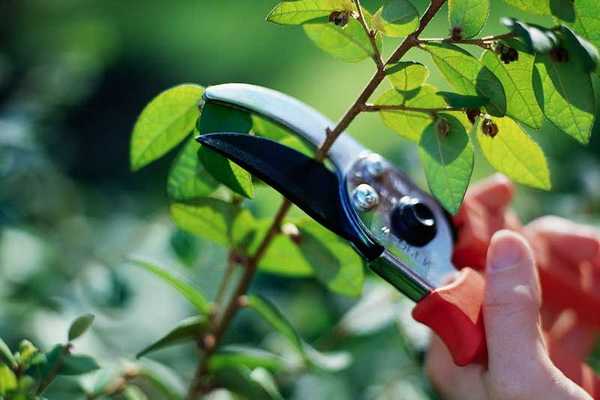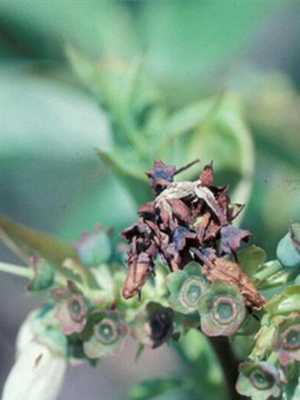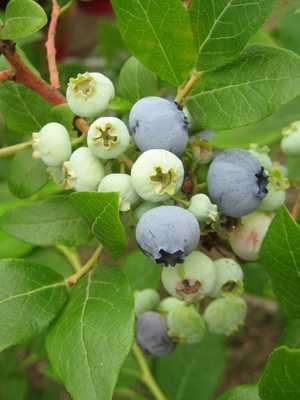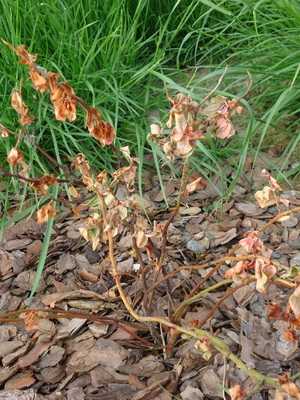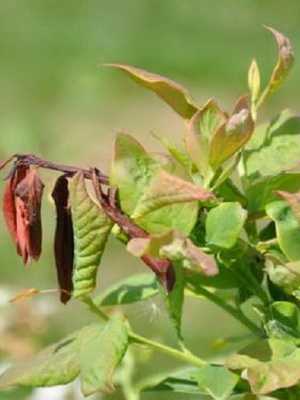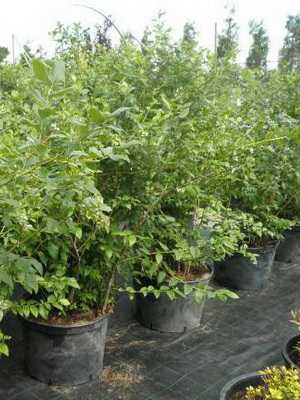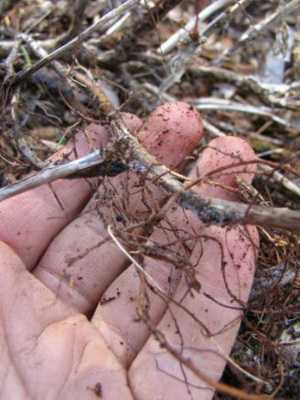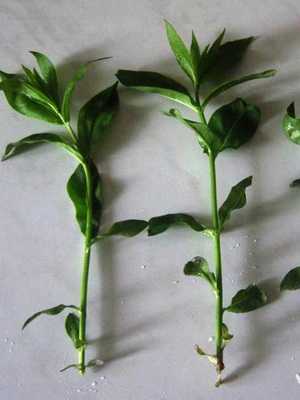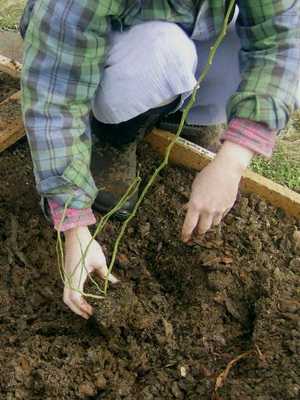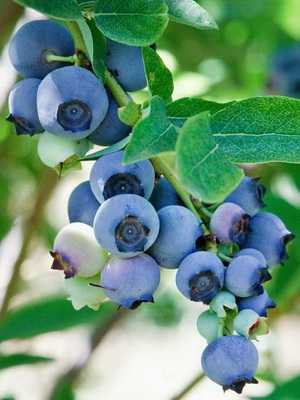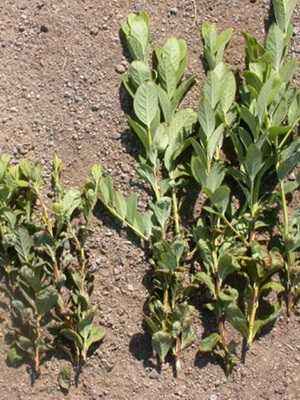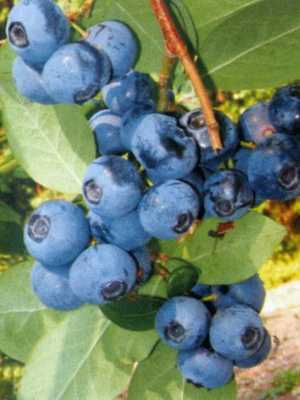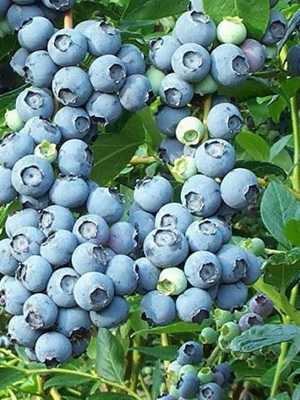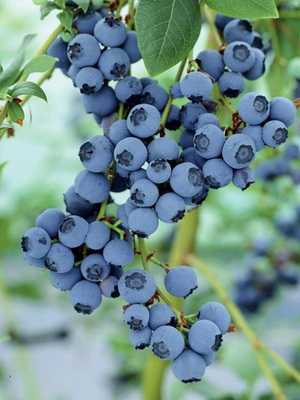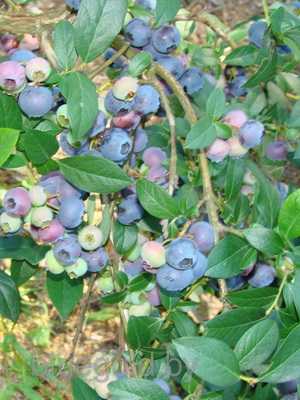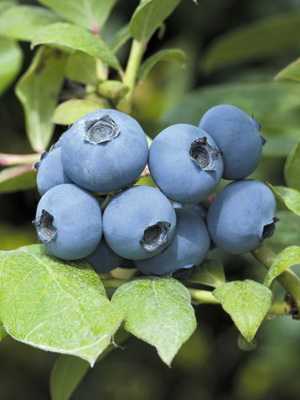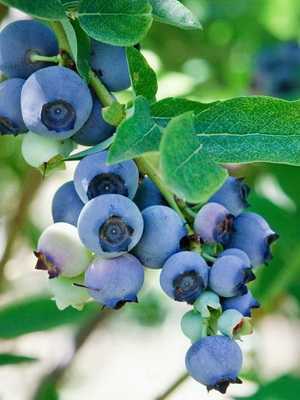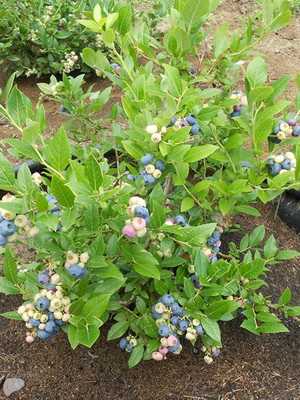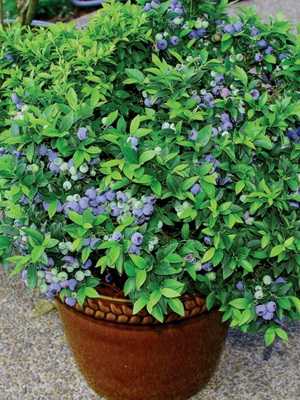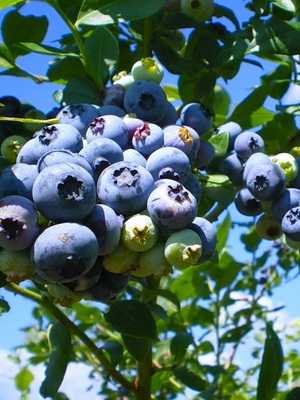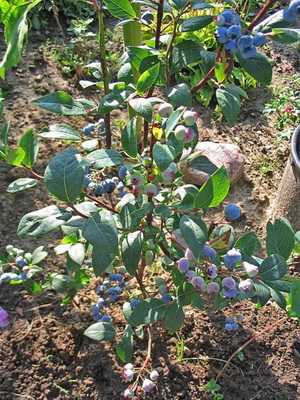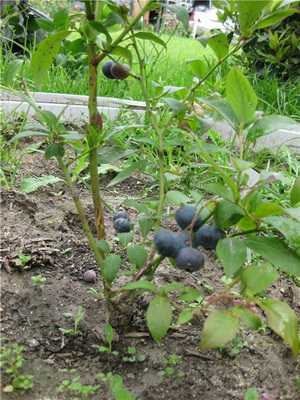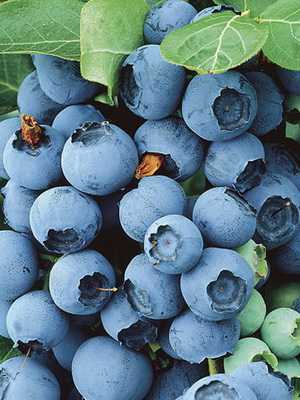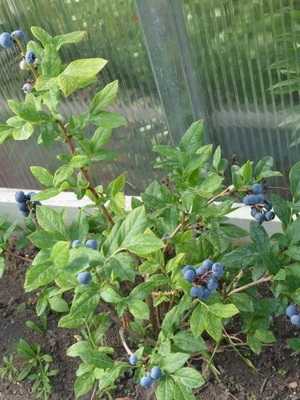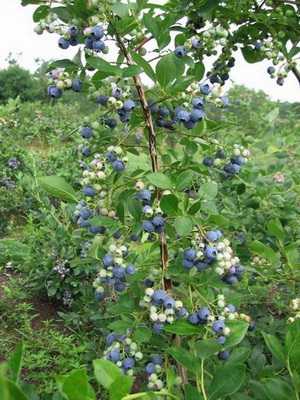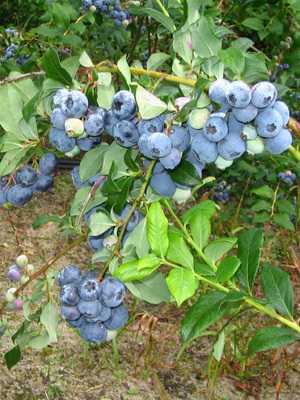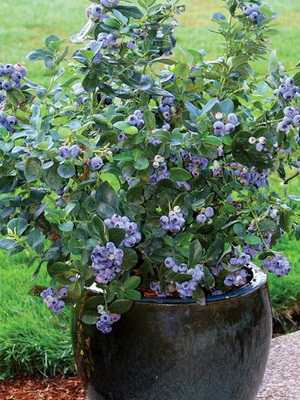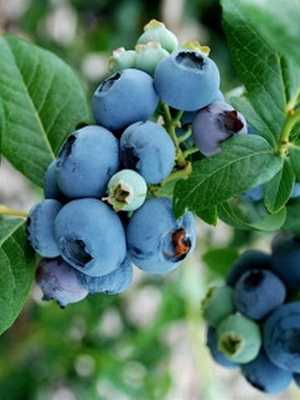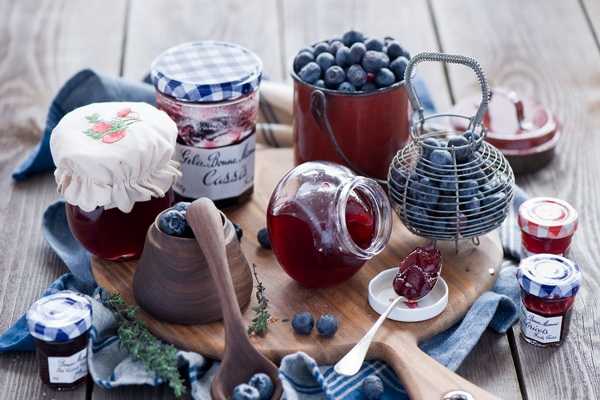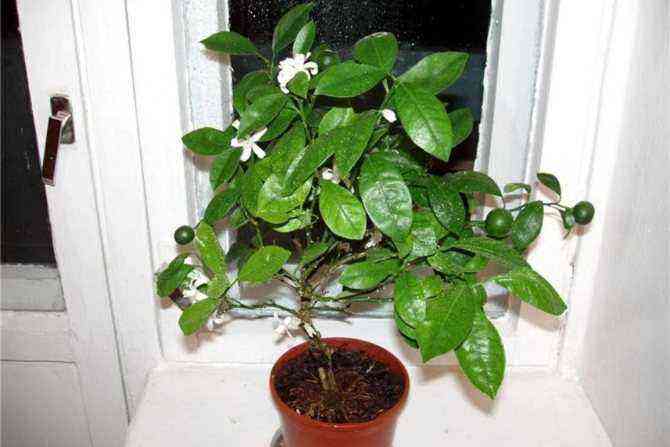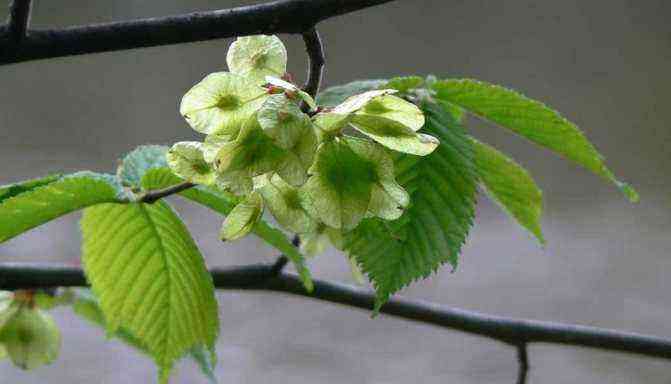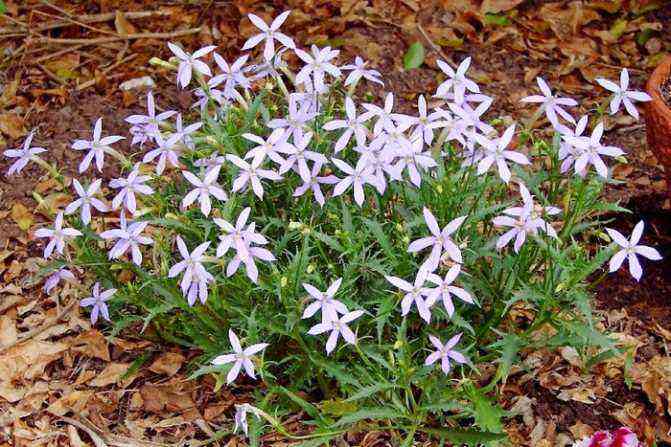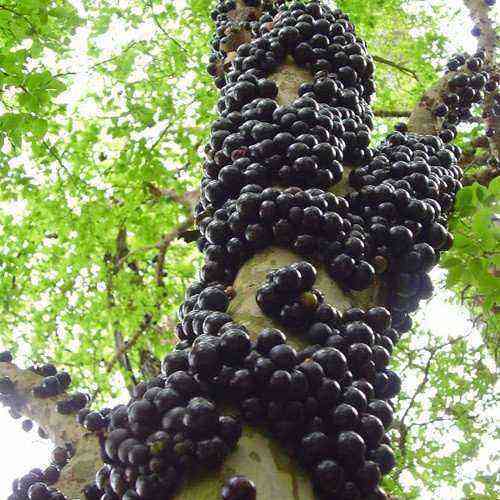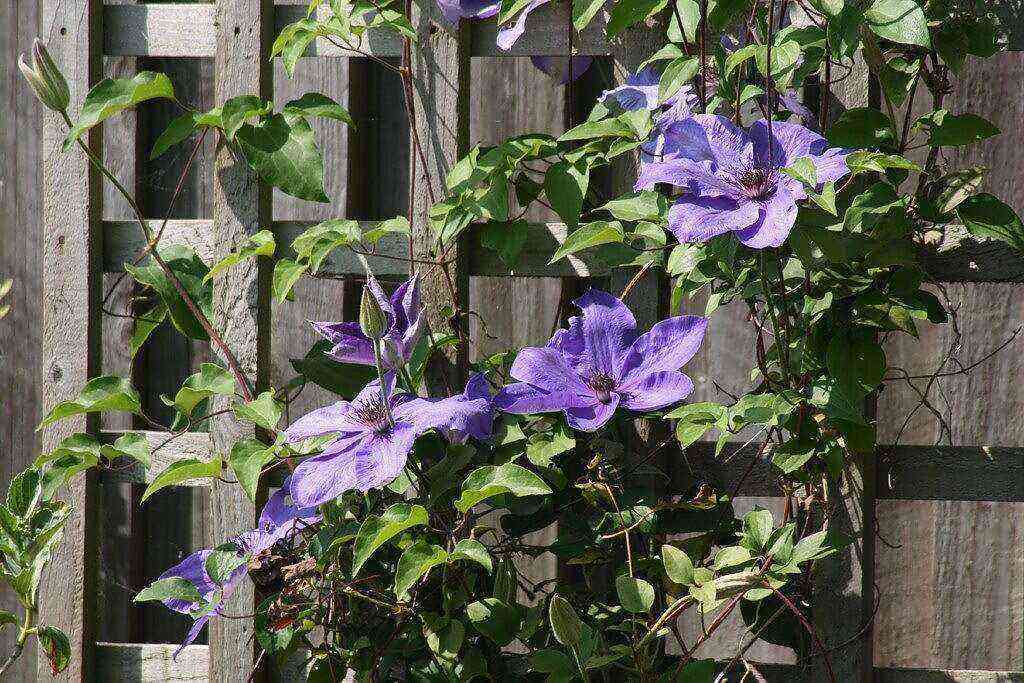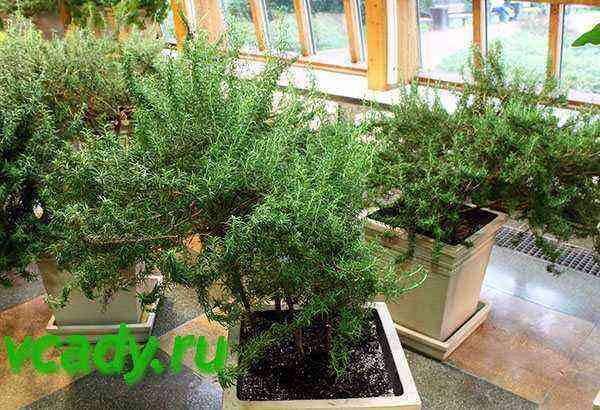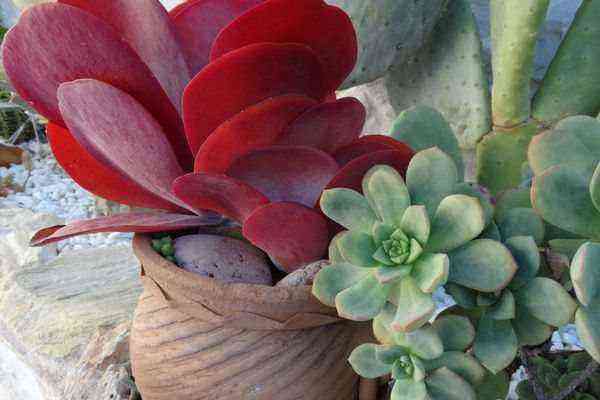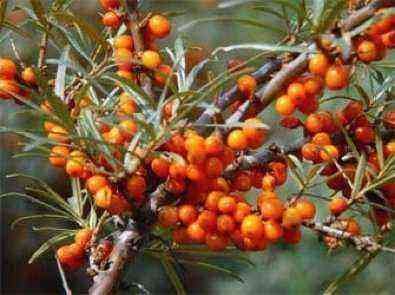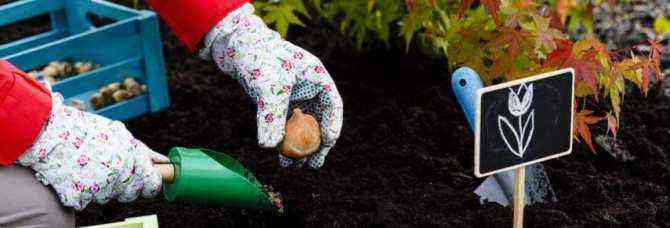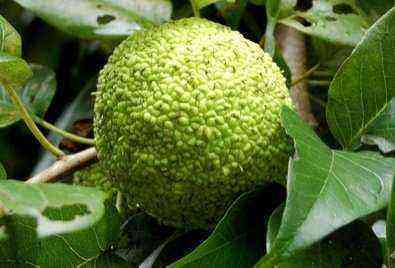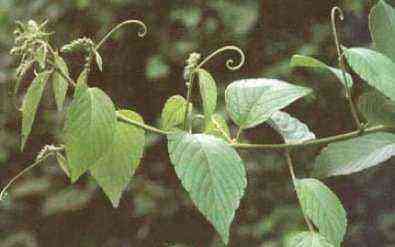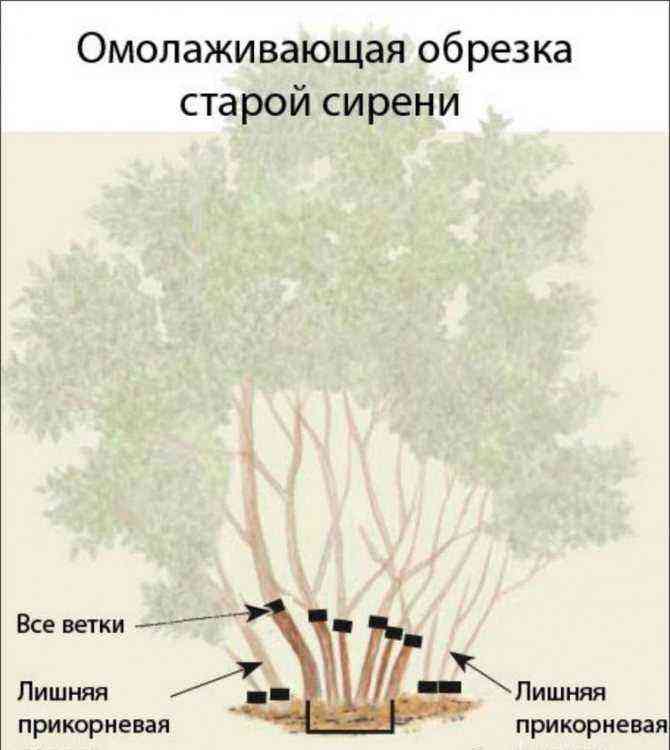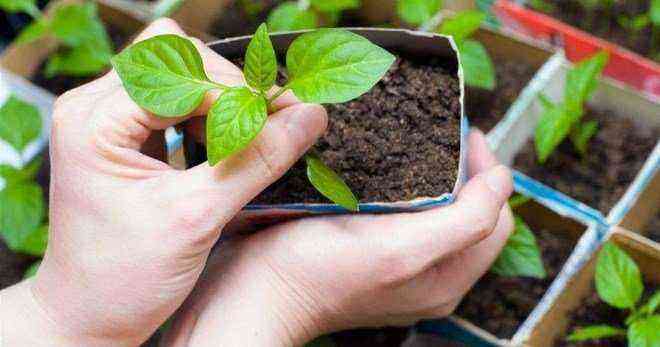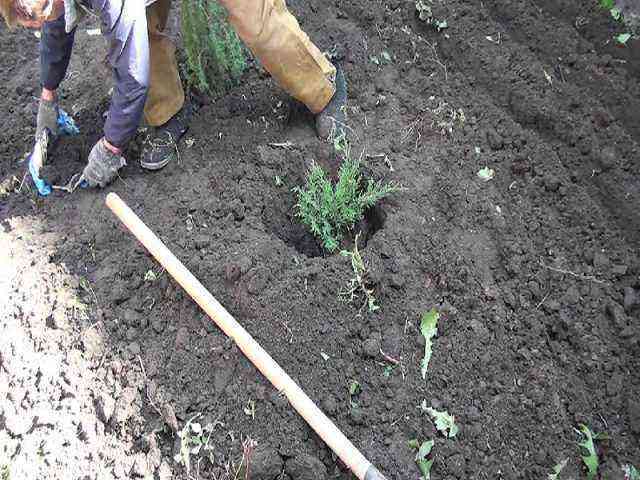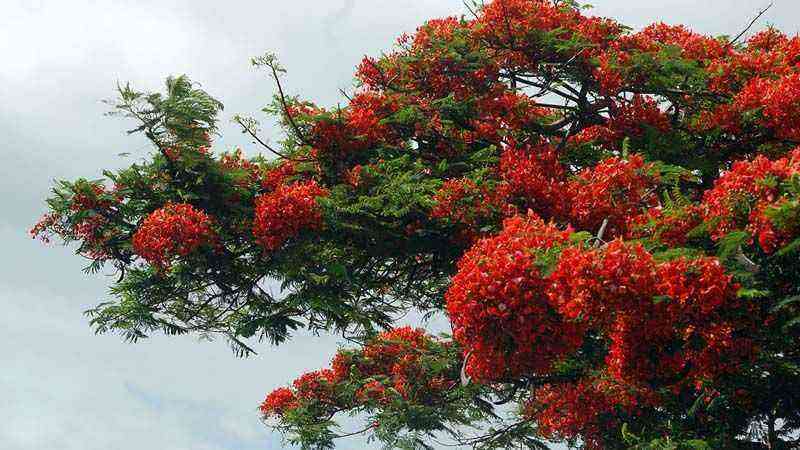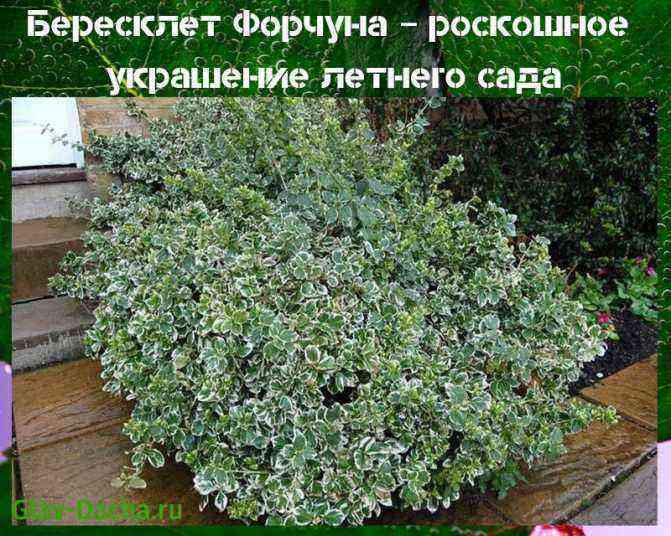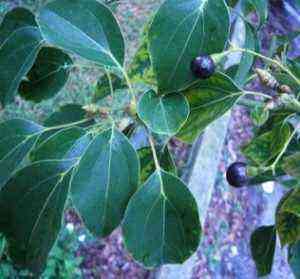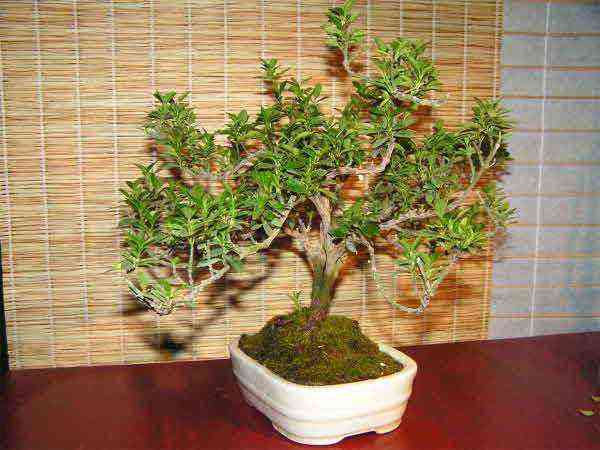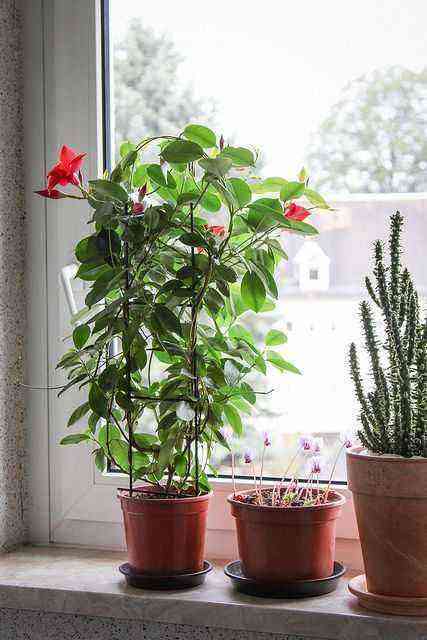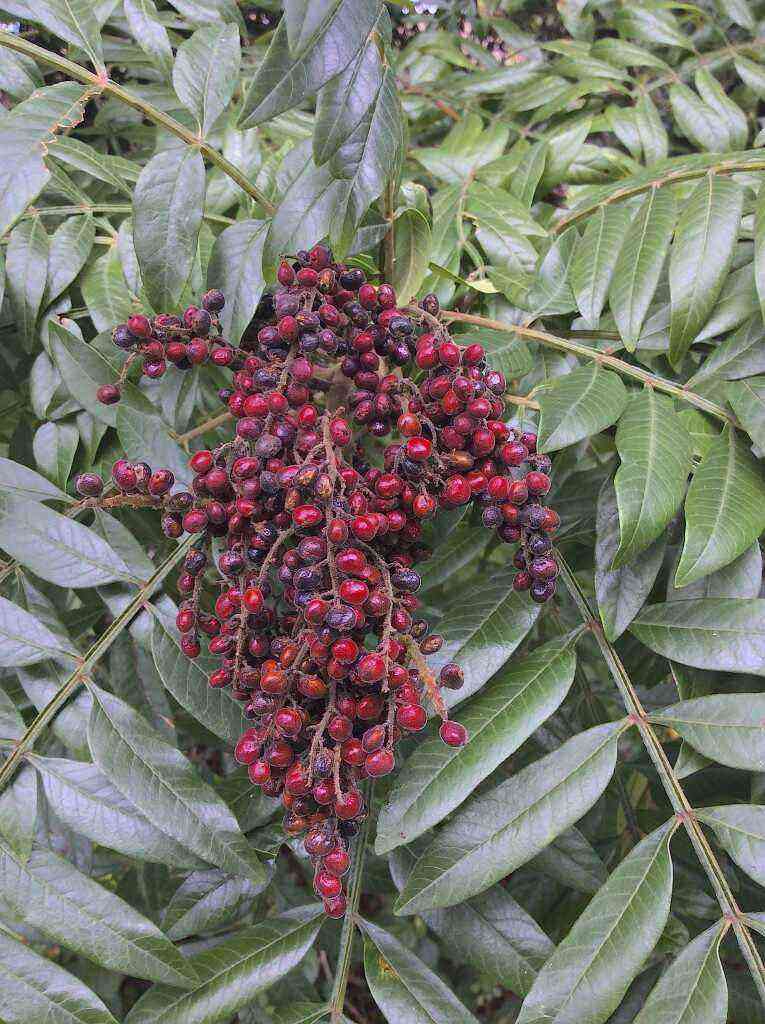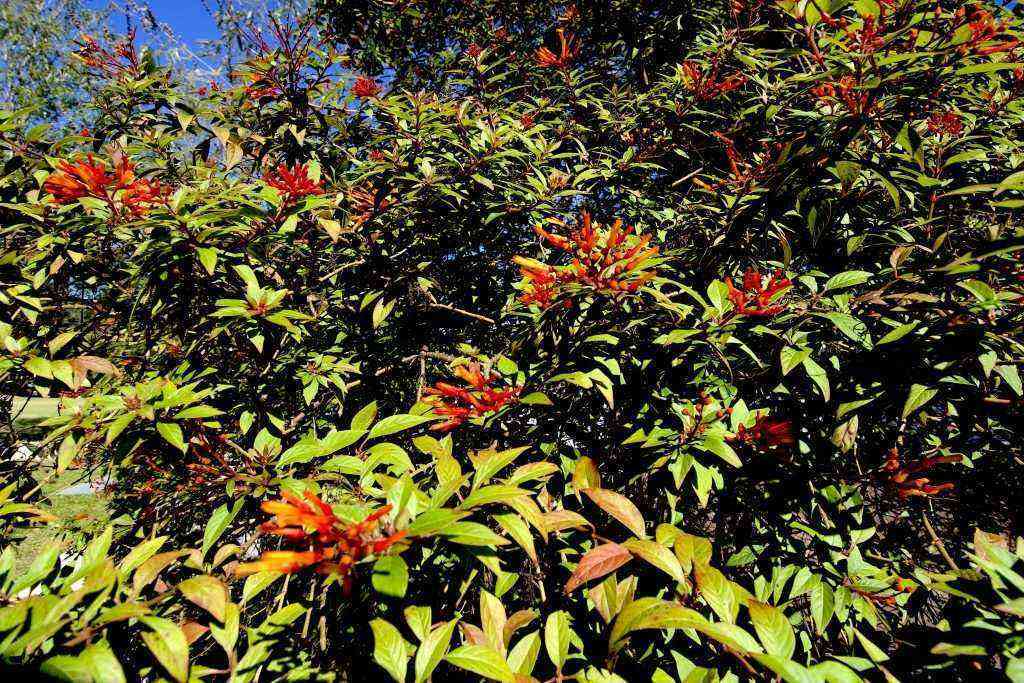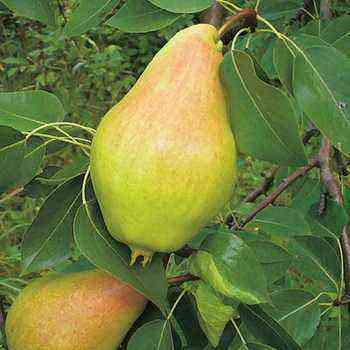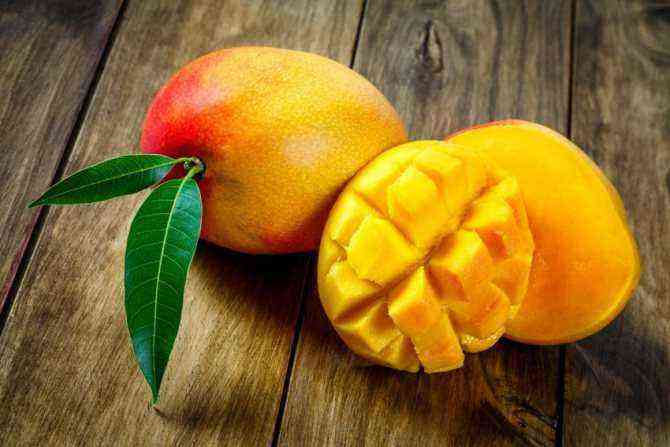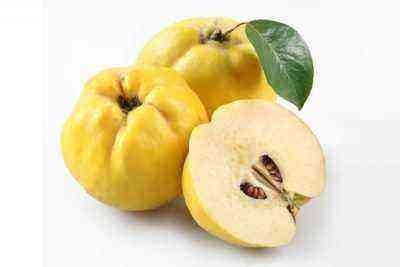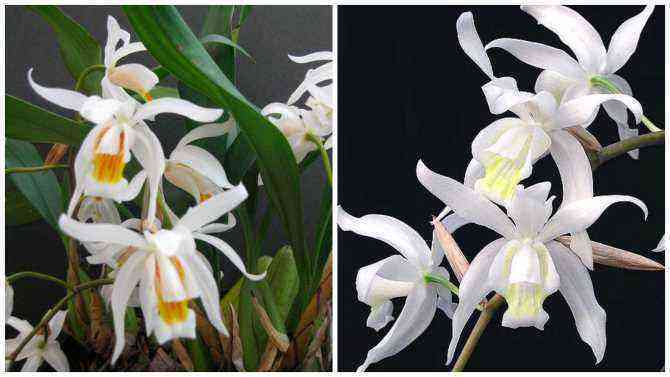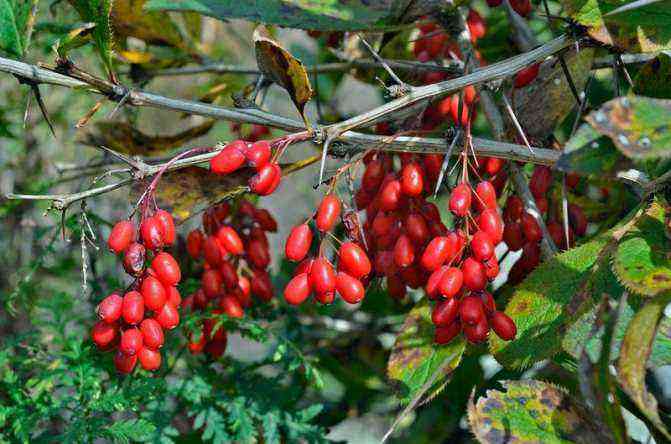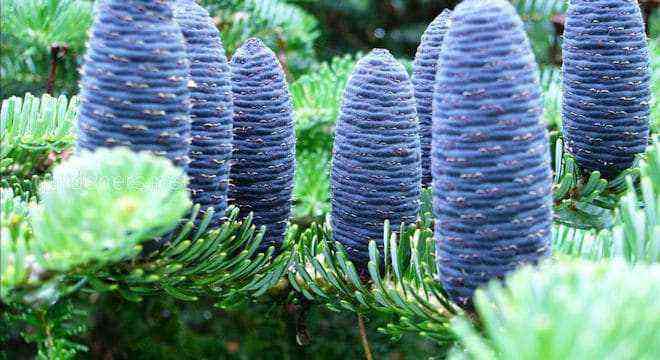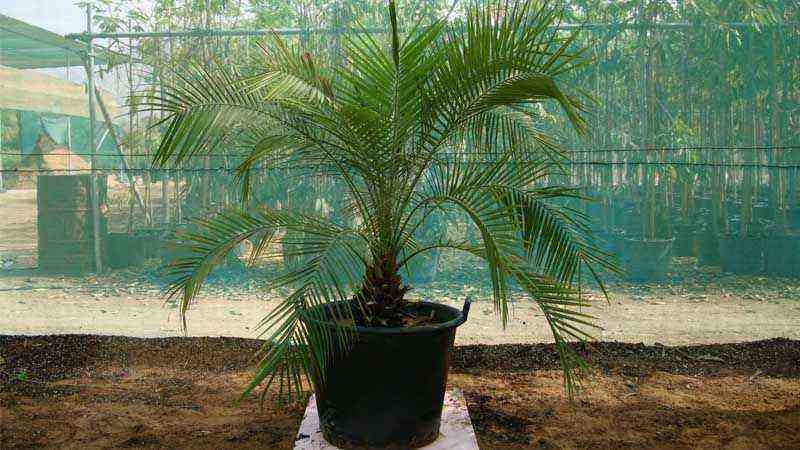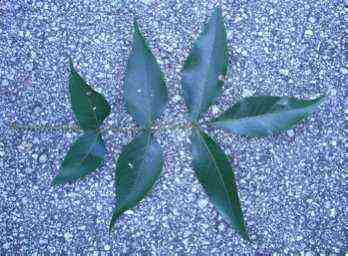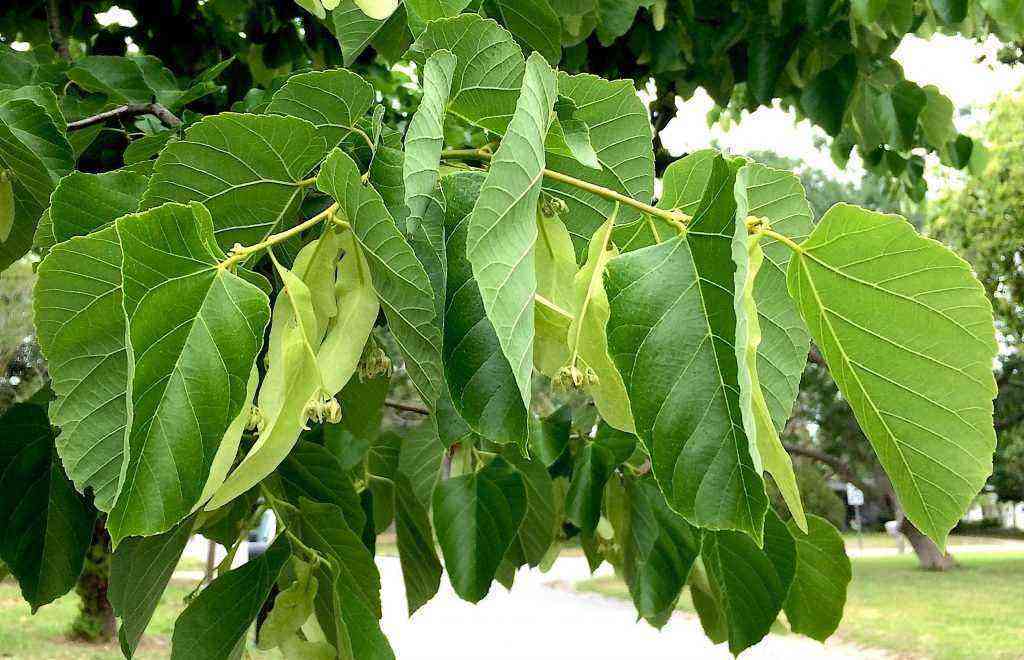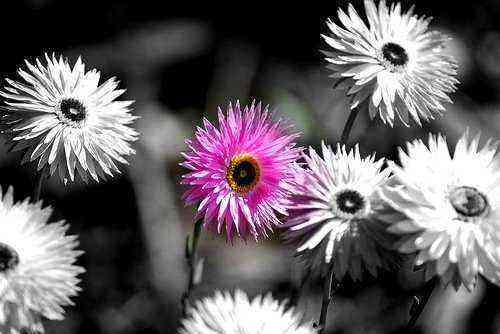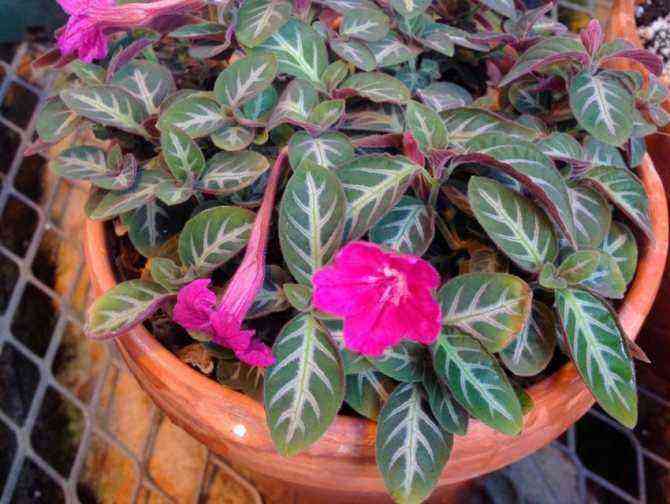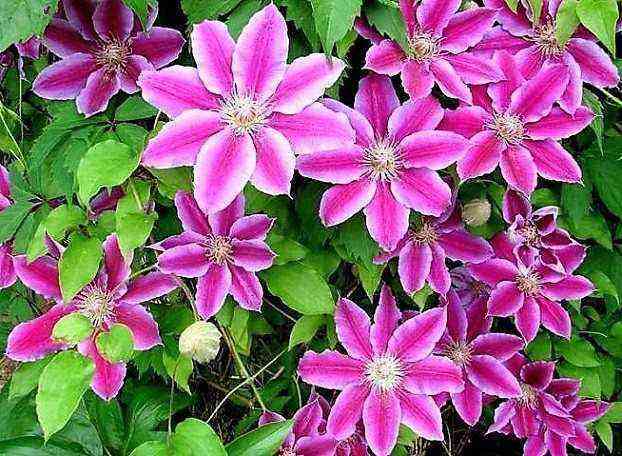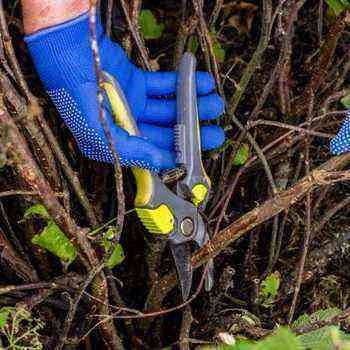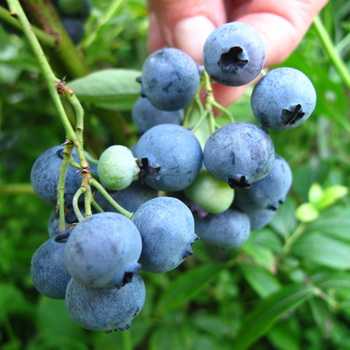
Family: Heather.
Homeland – Atlantic North America.
Description of the blueberry plant: where the berry grows (with photo)
It is not difficult to answer the question of where the blueberry berry grows: it grows wild in the tundra and forest zone of the Northern Hemisphere: in the European part of Russia, in Siberia, in the Far East. It grows in bogs of various types, especially sphagnum, in shrub and mountain tundra, boggy forests, in thickets of dwarf pine and rhododendrons. It rises in the mountains to an altitude of 2500-3000 m above sea level. Often found with wild rosemary. A description of the blueberry plant will allow you to understand how difficult this culture is to grow.
Blueberries have long been cultivated in the United States and some other countries as a food plant. On plantations, it begins to bear fruit in the third year. For the convenience of collecting fruits, they prefer to grow tall forms of blueberries, the height of the bushes of which can exceed the height of a person. Therefore, it is quite possible to sit in America under the branchy blueberries, a close relative of the same “branchy cranberries”. By now, high-yield varieties with large fruits have already been bred.
The botanical description of blueberries and the photos presented below give a general idea of the culture.
Blueberry high (V. corymbosum) Is a relatively new horticultural culture. It is a deciduous shrub 1,2-2,5 m high, with erect or spreading shoots.
The leaves are large, smooth, shiny, glaucous, elliptical or oval, 4 to 8 cm long. In autumn, they acquire a very spectacular reddish-crimson color.
The flowers are cylindrical or pitcher-shaped, collected in racemose inflorescences of white or white-pink color. The flowers have a faint pleasant scent. Fruits from blue to black with a bluish bloom, with a diameter, depending on the species, from 10 to 20 mm, ripen in late July – early August. It grows very well in the conditions of central Russia. In cold winters, one-two-year-old shoots can freeze. Blueberries bloom in the North in June-July, in more southern regions – at the end of May-June.
The name of the plant owes its origin to the color of the fruit and the bluish leaves of the plants. Infertile forms of blueberries are rarely found in the North.
Wild blueberry plants bloom for the first time and begin to bear fruit in natural conditions at the 11-18th year of life. However, there is information that blueberries bloom only in the 30th year of life. Blueberries live up to 90 years. Look at the blueberry in the photo, which shows the different stages of plant development:
When blueberries begin to bear fruit after planting
Blueberries were introduced into cultivation at the beginning of the last century. The cultivated blueberry bush has a height of 0,5 to 2,2 m, and the crown is from erect to spreading. The bulk of the roots lies at a depth of 15 cm. The swelling of the buds and the emergence of the green cone occur after the average daily air temperature passes over 0 ° C (mid-April). In the 3-4th year of life, replacement shoots appear at the base of the bush, which grow from 0,5 to 1 m over the summer. In the first year of growth, they are weakly winter-hardy and in severe winters can freeze to the level of snow. The next year, lateral branches 15–20 cm long appear on the replacement shoots, and flower buds are laid at their ends. In the spring of the third year, blueberries bloom with white or white-pink bell-shaped flowers about 2 cm in diameter, collected in a brush from 3 to 12 pieces. After 5 years of fruiting, these twigs age and are removed. This is the answer to the question of when blueberries begin to bear fruit after planting – this happens after 2 years.
Perennial replacement shoots and side branches can withstand temperatures down to –35 ° C. Buds, flowers and ovaries survive spring frosts down to –6,5 ° C without damage.
For blueberries, a loose, moisture-absorbing, breathable, nutritious soil with a pH of 3,8-4,8 is required (high-moor peat and compost in a ratio of 2: 1 with the addition of a complex chlorine-free mineral fertilizer and microelements). The plant is light-requiring, even slight shading reduces the berry yield.
Conditions for growing garden blueberries: planting and growing berries in the garden
Garden blueberry Is a relatively new berry crop in the garden, and not every gardener grows it, but in vain. The conditions for growing blueberries are quite simple: they can grow not only on fertile soil, but also on damp, swampy areas, that is, where fruit trees and berry crops usually hardly take root. In addition, it does not require particularly complex care. Planting and growing garden blueberries is a fun process.
In terms of yield and size of berries, garden blueberries are far superior to their forest cousins. Growing blueberries in the garden allows you to get a good harvest – each bush is strewn with fruits that taste like wild berries.
Blueberries are a long-lived garden. It grows well and bears fruit up to 50-60 years old, and gives the first harvests already in the 4-5th year. The berries are collected in brushes and after ripening do not crumble for a long time, so they are easy to pick. Don’t just forget about birds: they love them too. The cultivation of blueberries should be accompanied by the constant collection of ripe crops.
Planting blueberries and care in the open field (with video)
Any crops that do not require liming can be precursors for planting blueberries in the ground (it is good to sow lupine and oats in this place in a year).
Before planting, make 1 tbsp. spoon of urea, superphosphate and potassium sulfate per 1 m2 and carefully dug to the depth of the shovel. Tall blueberries can be planted in autumn and spring, but still better in spring – before the buds swell. Planting and caring for blueberries outdoors is easy and time-consuming.
The holes should be of such a size that the roots of the plants can freely fit there. Well-decomposed peat compost is placed on the bottom. The roots are evenly distributed and covered with a layer of soil. When planting, the plants are buried 5 cm. But if you are going to mulch the planting immediately after planting, you should refuse to deepen it.
If you do not have suitable soil, blueberries can be grown in barrels or other vessels at least 60 cm deep and 80-100 cm in diameter. Holes 5 cm in diameter are pre-drilled in the bottoms of the vessels; the container is buried in the ground to the brim, filled with a mixture of high moor peat and garden soil in a ratio of 2: 1 or 1: 1, and if the soil is heavy, add river sand.
Blueberries do not tolerate calcareous soil at all. When planting, large planting holes should be made and filled with an acidic soil mixture.
Garden blueberry care
Due to the fact that the root system of blueberries is fibrous, they systematically loosen the soil to a shallow depth and add peat, or vegetable humus, or old sawdust with a layer of 10 cm.If the soil is dry or the summer is hot without rain, blueberries are abundantly watered by sprinkling. During the flowering period, water can only be watered at the root. Caring for garden blueberries is not difficult and can be done by any gardener.
Blueberries are fed 2 times per season.
The first feeding is carried out before flowering: 1 tablespoon of liquid potassium humate, sodium humate and Kemira-Lux fertilizer with microelements per 10 liters of water; consumption – 10-15 liters of solution per 1 plant.
The second feeding is done during the setting of berries: 2 tablespoons of Berry fertilizer and 1 tablespoon of Ideal and Breadwinner fertilizers per 10 liters of water; consumption – 20 liters of solution per bush. The “breadwinner” can be replaced with nitrophos (also 1 tablespoon per 10 liters of water).
The lack of nutrients in the soil is compensated for by foliar dressing before and after flowering: 1 tablespoon of potassium humate and sodium humate per 10 liters of water.
Old, well-decomposed manure is considered the most useful as an organic fertilizer.
Several times a season shallow loosening up to 8-10 cm is carried out. Particular attention should be paid to soil moisture, in no case allowing water to be flooded or dry out. To prevent soil moisture loss, mulching is carried out with sawdust of coniferous trees, oak leaves or peat with a layer of 10–12 cm. Mulch is replenished every 2–3 years.
Continuous pruning rejuvenates the plant and guarantees a stable berry yield. The bushes do not touch only the first 3 years after planting.
Blueberries are sometimes attacked by pests – kidney mites, blueberry stalk aphids and flower beetles. In the fight against them, you can use the methods used against pests of lingonberry.
Blueberry diseases are characterized by moniliosis, shoot burn and gray rot.
With moniliosis (the affected plant parts dry out and look like frost-damaged ones), it is necessary to collect and destroy all mummified berries, cut off the affected branches and spray the bushes during the period of bud swelling.
Physalosporosis is characterized by small reddish swollen spots that appear in the second half of summer on young branches. Cutting and burning of affected branches inhibit the development of the disease.
Shoot burn appears in the last growths in winter. Good results are obtained by treatment with eurapen and topsin, moreover, the bushes of this culture should not be planted in places with excessive moisture.
Gray rot affects branches, flowers and fruits. Wet weather contributes to the spread of infection. Spraying with eurapen is recommended before flowering.
Formative pruning of garden blueberries
Formative blueberry pruning is an essential crop management activity. In nature, blueberry bushes renew themselves when the aerial part of the bush grows old, new shoots are formed from dormant buds at its base. Therefore, when grown in the garden, blueberries respond well to the annual early spring formation of the bush:
- cutting of weak undergrowth shoots;
- cutting out old branches at the level of the soil surface;
- rejuvenation in the crown for perennial wood;
- sanitary pruning and other techniques.
All types of pruning of blueberry bushes are best done every spring, as soon as the snow melts, but as an exception, some activities and pruning of blueberries can be carried out in the fall.
For planting, take 2-3-year-old blueberry bushes with a well-developed root system, which have several strong shoots of formation. Planting seedlings is mainly done in the spring. In this case, young plants can be protected from winter freezing.
Primary pruning of garden blueberries is carried out: all strong shoots are shortened by a third immediately after planting, and weak, thin shoots are cut out completely. By autumn, powerful shoots are formed from the shoots cut off during planting.
Branching shoots, which are formed on perennial branches in the crown zone, differ insignificantly in the nature of their growth, usually they are equal to 9-10 cm.
Blueberries bear fruit on the strong shoots of the previous year, the size of the berries and the yield depend on the variety grown.
For good fruiting in early spring in young bushes, it is enough to carry out a weak pruning, removing the ends of the shoots damaged by frost. If it is necessary to thin out young bushes, it is necessary to completely cut out thin, weak and lodging shoots from the root growth.
Blueberry bushes thin out more only after a few years of good fruiting, removing weakened, diseased and low-lying shoots. In adult fruiting bushes, separate old skeletal branches over the age of 4 years are periodically cut out at ground level. For good fruiting, it is enough to leave 6–8 strong perennial shoots.
As a result of such thinning, the yield is somewhat reduced for some time. At the same time, with proper pruning, the illumination of the inner parts of the bush increases, which leads to an improvement in the quality of the berries and an increase in their size, as well as to a greater accumulation of sugar and vitamins in them. After thinning, strong fruit shoots grow.
At the 6th year of development, all the lower and thickening branches of the bush are cut out in the tall blueberry, leaving no more than 3-5 of the most developed and strong annual shoots. In subsequent years, this procedure is repeated regularly.
Rejuvenating pruning of tall garden blueberries should be done 15–20 years after planting. With this pruning, old branches are removed at ground level, completely cutting out non-viable shoots, and the crown of the bush is cut for the sake of its rejuvenation. When rejuvenating pruning of old branches for reverse growth is carried out, one-year coppice shoots appear at the level of the soil surface – these are formation shoots, their size can reach 0,5-1 m in height.
Wild marsh and undersized garden blueberries do not need formative and rejuvenating pruning. But all types of blueberries respond well to sanitary pruning, which improves the appearance of the crown of the bush, relieves it of weak and diseased shoots, as well as shoots that have various damages. Such pruning is especially desirable in the northern regions, where in winter some of the shoots are damaged by the winter cold.
Forming pruning is carried out from the second year, after planting in a permanent place.
In young plants, small growths formed at the base of the bush and shoots lying on the ground are cut off. Starting from the 3rd – 4th year, lightening pruning is carried out, while dry, diseased and damaged branches are cut out. Then old shoots are removed, which do not give strong growths, and thin ones, which strongly thicken the center of the crown of the bush. Form a bush with 6 to 8 main branches. In the future, when pruning, the oldest shoots are cut out, keeping no more than 2 – 3 branches on the bush (at the age of 3 – 4 years). Shoots are cut at the base of the bush or at a height of 20 – 30 cm. If more than 6 – 8 shoots grow, then the extra ones are also removed, and first of all the lodging and weak ones. Pruning is carried out in early spring, usually in March – early April, before the sap flow begins.
Breeding methods for garden blueberries by cuttings
Cultivated varieties reproduce only vegetatively, since this method ensures the complete transfer of the varietal characteristics of the mother plant to the new generation. Breeding methods for blueberry cultivars include crossing and seed sowing.
For reproduction, rhizomes, layering or stem cuttings, rhizome segments, shoots with part of the rhizome and stem cuttings are used. Tall blueberries – only stem cuttings.
All types of blueberries can be propagated by cuttings, but the degree of rooting of cuttings is different for different species. Propagating garden blueberries by cuttings can be challenging.
It is especially difficult for tall blueberries to take root (in other ways, it practically does not reproduce).
For propagation by lignified cuttings, shoots are harvested in December – March, for propagation by semi-lignified cuttings – during summer dormancy.
Propagation by shoots with part of the rhizome and segments of the rhizome – in this way the plants can be rooted. To do this, prepare a garden bed, dig up the soil to a depth of 20 cm and instead pour pure high-moor peat or a mixture of peat with sand, bark or old sawdust. Then the planting material is harvested.
The soil around the old bushes is dug up and all the underground shoots in it are cut off. Then, from the made rhizomes, cut segments up to 20 cm long, always with a bud or shoot. The prepared cuttings are placed in a container of water or watered abundantly and covered with a wet cloth.
On the prepared bed, a shovel makes furrows about 15 cm deep. The furrows are well watered and the prepared rhizome cuttings are laid in them so that part of the rhizome with a bud or shoot is directed upwards. Then the furrows with the pieces of rhizomes laid in them are covered with the earth taken out of the furrow and watered again abundantly. Arcs are installed above the bed and covered with covering material.
For propagation by lignified cuttings, annual, well-ripened shoots are harvested. They are tied in bundles and stored either in a refrigerator at 3-5 ° C, or in a cold cellar, or in the snow. In this case, you need to ensure that the shoots do not dry out.
In the spring, cuttings are cut from the harvested shoots. The length of the blueberry shank is 12-15 cm. The lower cut is made oblique, under the kidney, and the upper one is horizontal, 2 cm above the kidney. Then the lower cut of the cutting for rooting is soaked in a solution of “Kornevin” or in a solution of “Heteroauxin” (1 tablet per 5 l of water) for 12-24 hours. After that, the cuttings are planted on the garden bed according to the scheme 5 × 5, 5×7, 5×10 or 10×10 cm, depending on their size. The garden bed is watered, wire arcs are installed over it and covered with plastic wrap on top, and on top of the film with a covering material to maintain high air humidity and shading.
The rooting process takes about 25 days. All this time, the cuttings need to be watered regularly. At the end of August, after rooting, the shelter above the ridges is removed, and young plants are regularly watered and fed. In October, the plants are covered with a 5-7 cm layer of peat or sawdust, and in early November, the beds with plants are covered with covering material. In this form, young seedlings winter. In the spring, when the soil thaws, they are planted for growing.
A large blueberry bush can be dug out of the ground and cut in half or 3–4 pieces. Powder the place of the cut with ash, dry it a little and plant the resulting bushes in a permanent place.
Site preparation and planting of blueberry seedlings
Planting pits with a diameter of up to 1 m, a depth of 0,5 m are filled with acidic high or transitional peat, diluted 2: 1 with sawdust, bark or semi-rotted litter of coniferous trees. Site preparation can be carried out in the fall. And the planting of blueberry seedlings should be timed to coincide with spring work in the garden.
It is better to plant in spring, seedlings purchased in autumn are stored until spring in a cellar with low positive temperatures.
Blueberries are planted at the same depth as they were in the nursery. The distance between plants is 1,5–2,0 m.
After planting, the plants are watered and mulched with a bed of conifers with a layer of 7-15 cm. In the year of planting, fruit buds are removed so that the plants take root well.
In the future, it is necessary to carry out regular irrigation with river water. Fertilizers are applied annually in spring – 12 g of ammonium sulfate, 12 g of simple superphosphate, 6 g of potassium sulfate per bush.
Types and varieties of garden blueberries: description and photo
On the territory of the former Soviet Union, the species of marsh blueberry is especially widespread. These types of garden blueberry are also known under other names: marsh grapes, waterhouse, gonobel and drunkard.
Wild blueberry species are very diverse. Under the influence of a variety of factors, individual plants and their populations differ in different sizes and shapes of the bush, shape and taste of berries. All species are the same, only the bluish color of the berries. The height limits of a wild-growing bush can be different – from 30 cm to 1,2 m, the average diameter of the bush is 50–70 cm. Consider some varieties of blueberries: a photo and description will help you make the right choice of seedlings for your garden.
In our country, as in most European countries, almost no one was purposefully engaged in the cultivation of blueberries. Local residents, mainly relying on its natural resources, did this on an amateur level, they transferred especially successful specimens of plants from the forest to the gardens. American breeders paid considerable attention to this interesting plant, creating new varieties of garden blueberries: tall blueberries, low blueberries, as well as some interspecific hybrids.
The culture is self-fertile; at least two varieties are planted on the site to ensure cross-pollination. Let’s look at the varieties of garden blueberries and their photos, accompanied by brief characteristics.
Blue Ray – very hardy, bears fruit abundantly, high quality berries.
Woodart – early into the fruiting period and gives good yields.
Delight – gives large, rounded, slightly flattened blue berries with a bluish bloom.
Erliblu – known among gardeners under the name Early Blue. His berries are large and very large, ripen quite amicably.
Concord – bushes of medium vigor, up to 1,8 m tall, spreading, dense.
Rankocas – one of the oldest varieties. Bushes 1,2–1,6 m high. Requires an annual intensive brightening pruning, due to which it bears fruit regularly and gives high yields.
Tiefblue – has long, but sparse brushes; berries are small, dense; the taste is sweet and sour, aromatic.
Berkeley – spreading, up to 1,8 m high. Compared to other varieties, it is less winter-hardy. The berries are large, fragrant, do not crumble or crack.
Herbert – is considered one of the best varieties for amateur cultivation. It has good winter hardiness and abundant fruiting.
Covill – winter-hardy enough. The berries are large, have a wonderful aroma and dessert taste.
Bluett. Early variety. It adapts well to cold climates and late spring frosts. The bush is very compact, spherical, 0,9–1,2 m high. The berries are medium in size, dark blue in color.
Northern blue. The variety is semi-tall (60–90 cm). High quality fruits are used fresh and for processing. Productivity is more than 3 kg per bush.
Northern land. Medium early variety. Tall. High winter hardiness (withstands temperatures up to – 32 ° C). The bush is compact, with a height and diameter of 1,2 m, it grows well on all types of soil. Berries are medium in size, dark blue, very sweet, used for processing. Productivity up to 9 kg per bush.
Northern country. Medium early variety. Semi-tall. Easily adapts to various soils. The bushes are compact, 50-60 cm high, 140 cm in diameter. The berries are large. Productivity up to 2,2 kg per bush. One of the best varieties.
Spartacus. The variety is early maturing. Tall. The bush is 1,5–1,8 m high. The berries are large, of excellent sweet and sour taste, dense, with a dry separation. Requires good drainage and fertile soil.
Blocrop. The variety is mid-season. Highly winter-resistant, disease-resistant, with a long harvest period. The bush is 1,2–1,5 m high. Fruits are medium-sized, sweet and sour.
Blue Scatter. Berries weighing 0,6 g, round-oval with light edges, dark blue, with a bluish bloom. The taste is sweet and sour, without aroma, delicate. Contain (%): sugars – 5,6, acids – 1,8, vitamin C – 47,0 mg%. Tasting score 4 points. Productivity 42,0 kg / ha.
Wondrous. Berries weighing 0,6 g, irregularly rounded, with light edges, dark blue, with a bluish bloom. The taste is sweet and sour, without aroma, delicate. Contain (%): sugars – 6,0, acids – 2,1, vitamin C – 45,0 mg%. Tasting score 4 points. Productivity 43,0 kg / ha.
Graceful. Berries weighing 0,7 g (up to 1,3 g), 10,8 mm long, 11,0 mm wide, round, with light edges, dark blue, with a bluish bloom, sweet and sour, without aroma. Contain: sugar 7,2%, acid 1,6%, vitamin C – 52 mg%. Tasting score 4 points. Productivity 30 kg / ha.
Iksinskaya. Berries weighing 0,6 g, oval, with light edges, dark blue, with a bluish bloom, sweet and sour, without aroma. Contain: sugar 8,6%, acid 1,8%, vitamin C 43 mg%. Tasting score 5 points. Productivity is 27 kg / ha.
Nectar. Berries weighing 0,6 g (up to 1,1 g), 12,5 mm long, 10,1 mm wide, oval, with light edges, dark blue, with a bluish bloom. The taste is sweet-sour, delicate, without aroma. Contain: sugar 9,8%, acid 2,0%, vitamin C – 39 mg%. Tasting score 5 points. Productivity 21,5 kg / ha.
Taiga beauty. Berries weighing 0,5 g, irregularly rounded, with light edges, dark blue, with a bluish bloom of berries. The taste is sweet and sour, without aroma, delicate. Contain: sugars – 5,0%, acids – 2,0%; vitamin C – 45,0 mg%. Tasting score 4 points. Productivity 39,0 kg / ha.
Using
Blueberries with their beautiful leaves, flowers and especially black-and-gray fruits will decorate any garden and even its ceremonial place. It is also suitable for hedges.
Berries of tall blueberries are pleasant to the taste and have a blueberry aroma. They are consumed both fresh and processed (jams, compotes, preserves, juices, etc.). 3 – 4 kg of berries are harvested from one bush.
Blueberries are rich in vitamins C, A, B1, B2, K1 and contain sugar. They are consumed fresh, they have a characteristic fresh taste, juices, jellies, compotes, preserves, marmalade and jam are prepared from blueberries.
